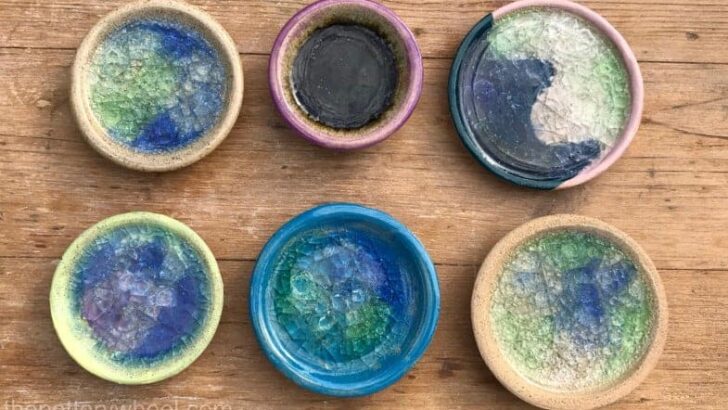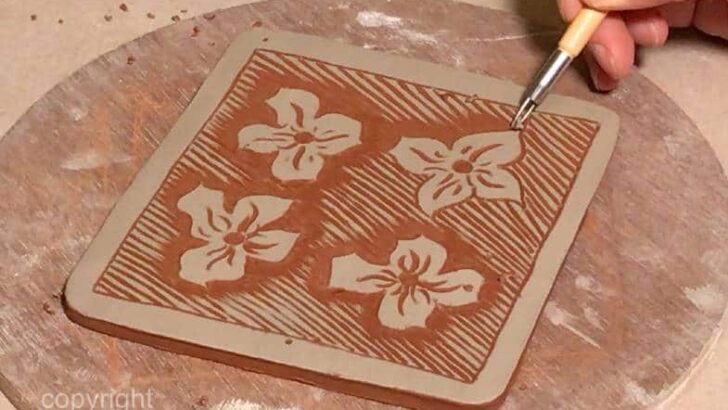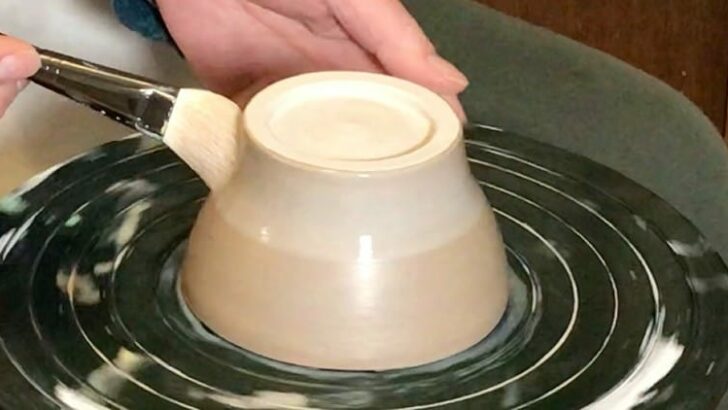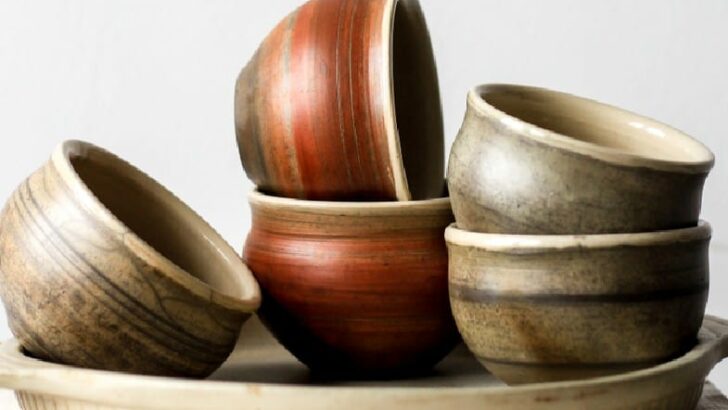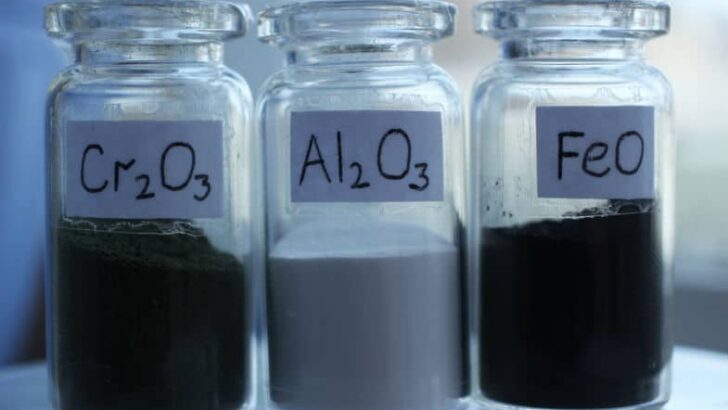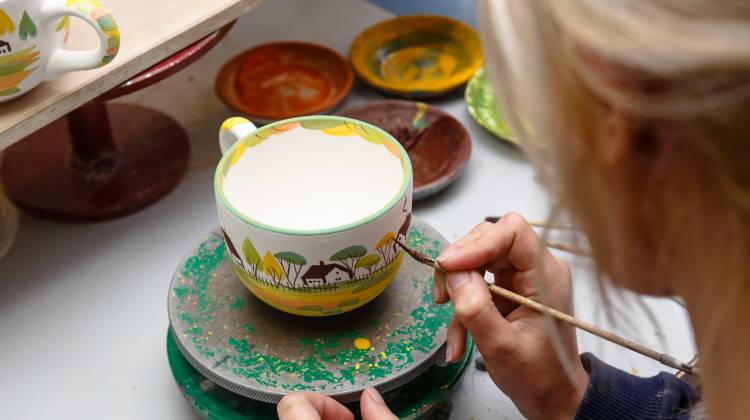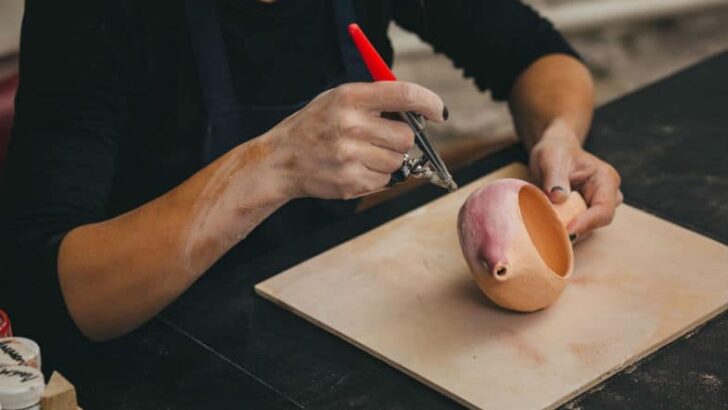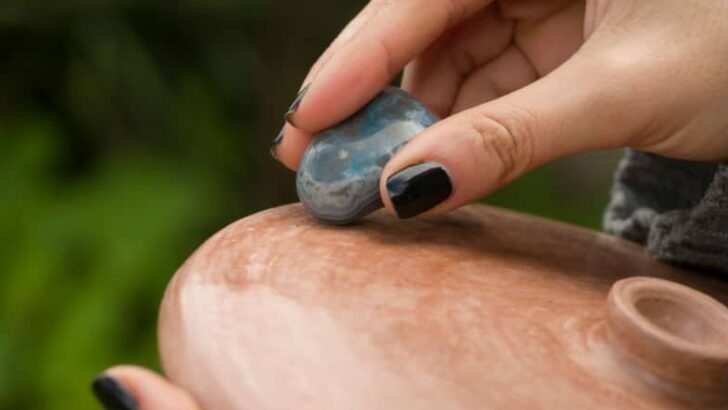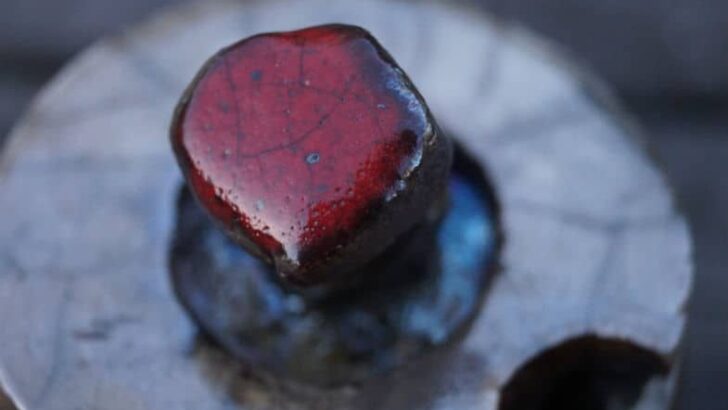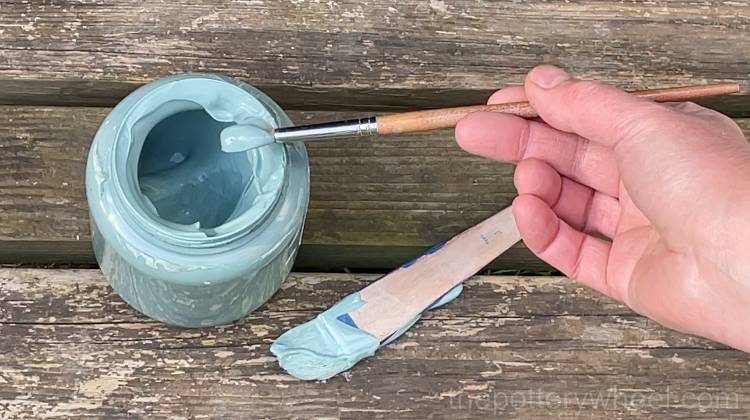Your cart is currently empty!
Glazing & Decorating
-
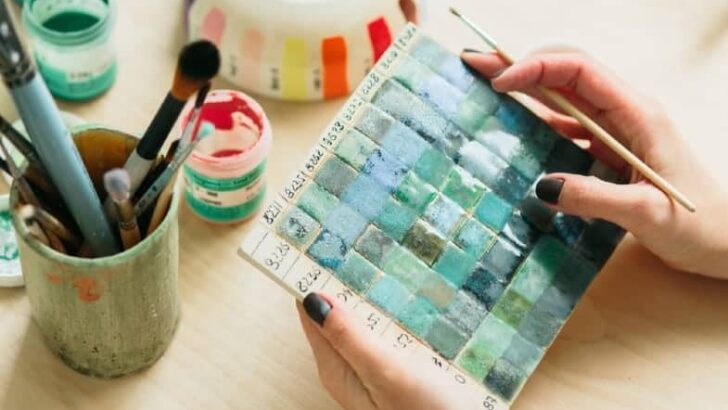
What is Pottery Glaze Made of? Understanding Pottery Glaze
Glaze is the glass coating on the surface of pottery items. It can give the surface a glossy, matte, smooth, textured, opaque, or clear finish. Varying glaze compositions result in different glaze outcomes after firing. Each component has its function that like magic, transforms the glaze’s appearance after firing. Pottery glazes consist of three basic…
-
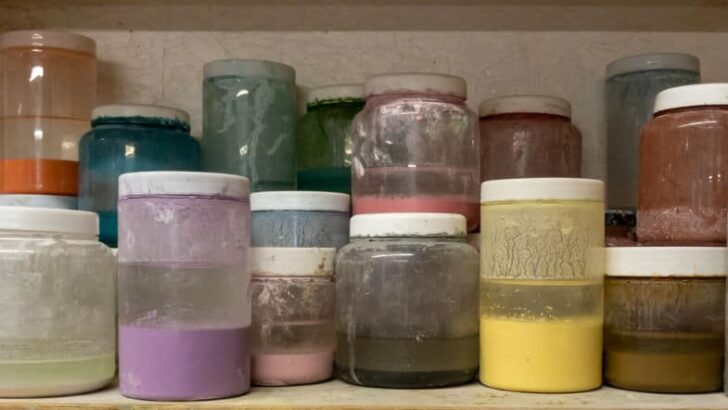
Is Pottery Glaze Toxic? Facts Versus Myths Explained
Learning to use glaze is an exciting and creative time. Glaze can create an unending number of effects and finishes. However, you may have come across alarming information that glaze can be toxic. You may be handling glaze in its powdered form or a liquid state. Either way, it’s important to ask the question, is…

